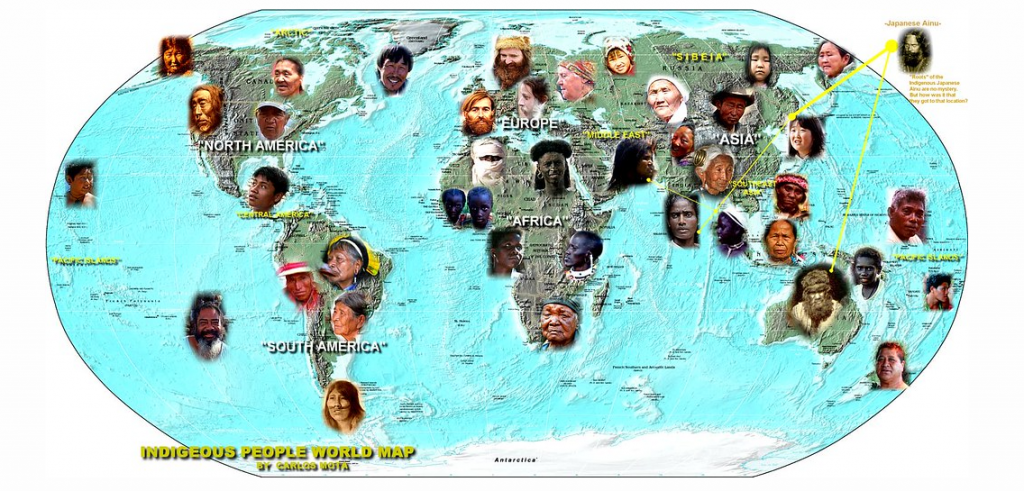By Liz V.
As road trips become more popular this year, people are driving all across the U.S. to well-known national parks and landmarks. In partaking a few of these trips to reconnect with nature, I couldn’t help but notice that many of these sites were named after people due to their fame rather than names symbolizing the importance of these sacred places. Even more often, the names of the Indigenous people who still steward these lands aren’t commonly known or displayed; and they are usually the ones the most interconnected with these spaces.
Upon looking into this further, there exists Tribal Nations Maps of North America. On a larger scale, there are also interactive Indigenous Nations Maps of the world that are continually updated with community contributions. It is eye-opening to see the multitude of First Nations; and it sparks awareness of the Indigenous people who still live in these areas.
The reason why mislabeling sites is problematic is because it can give an inaccurate depiction of a place; devaluing their significance.
For example, the area currently commonly known as Death Valley is a name that is furthest from the truth. In actuality, it is full of some of the most diverse and resilient wildlife, terrains, and resources that have sustained human life. It also provided the Timbisha Shoshone tribe abundance for all of their needs since time immemorial. This is why they fittingly called the valley and its surroundings Tüpippüh Nümmü or “Our Homeland”.
Not declaring the names of the Indigenous people of different locations is an issue because these people still live there. They rely on the land and resources beyond the sightseeing and recreational activities most others temporarily use the spaces for. Furthermore, not knowing these environments are still depended on causes problematic ignorance. When others inflict damage and loss of lives through exploitation, it threatens the people and the natural ecosystem.
Knowledge of these sacred places, people, culture, and struggles takes time; and one of the most important steps in this conscious effort is beginning your awareness.
“When you know better, you [can] do better”. We can start to see the value of our interconnectedness and what the Earth provides vital to our survival; beyond the surface level enjoyment and commercialism of beautiful sites.
Whether on a trip or just curious of the First Nations and Indigenous names of the lands you reside on, it is easier than ever to do a quick Internet search to find out. That way, we can speak more energy into the names that honor Indigenous people and lands that are still here; and work towards a better future for us all.
Header: Carlos Mota
About the Author
You may also like
-
Find Your Third Place at an Independent Cafe
-
Lattes & Confessions: Why Cafes Are the New Third Place
-
6 Social Clubs for Black Professionals to Hang Out, Network, and Enjoy Their Free Time
-
Easy Activities to Bond with Loved Ones Around the Holidays
-
Identifying Corporate Sustainability You Can Actually Trust

